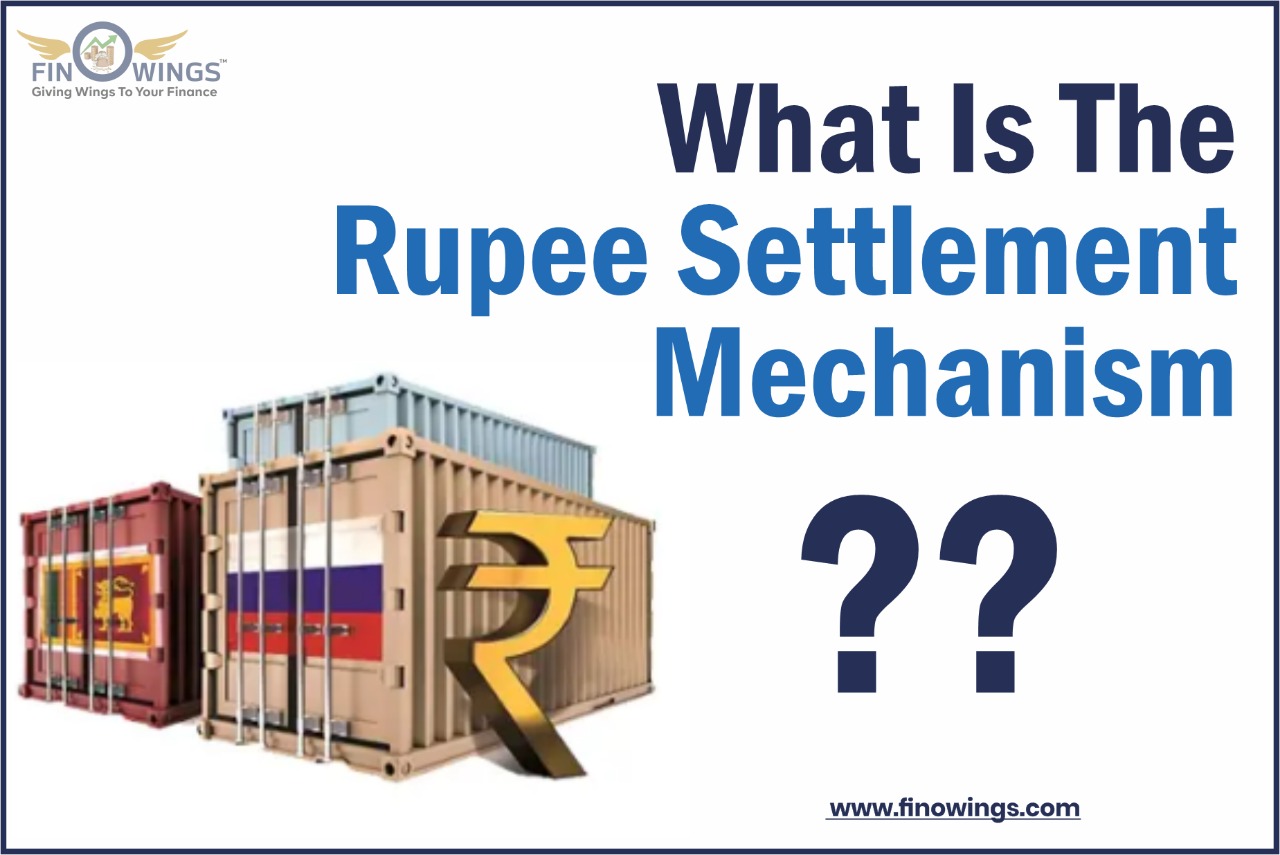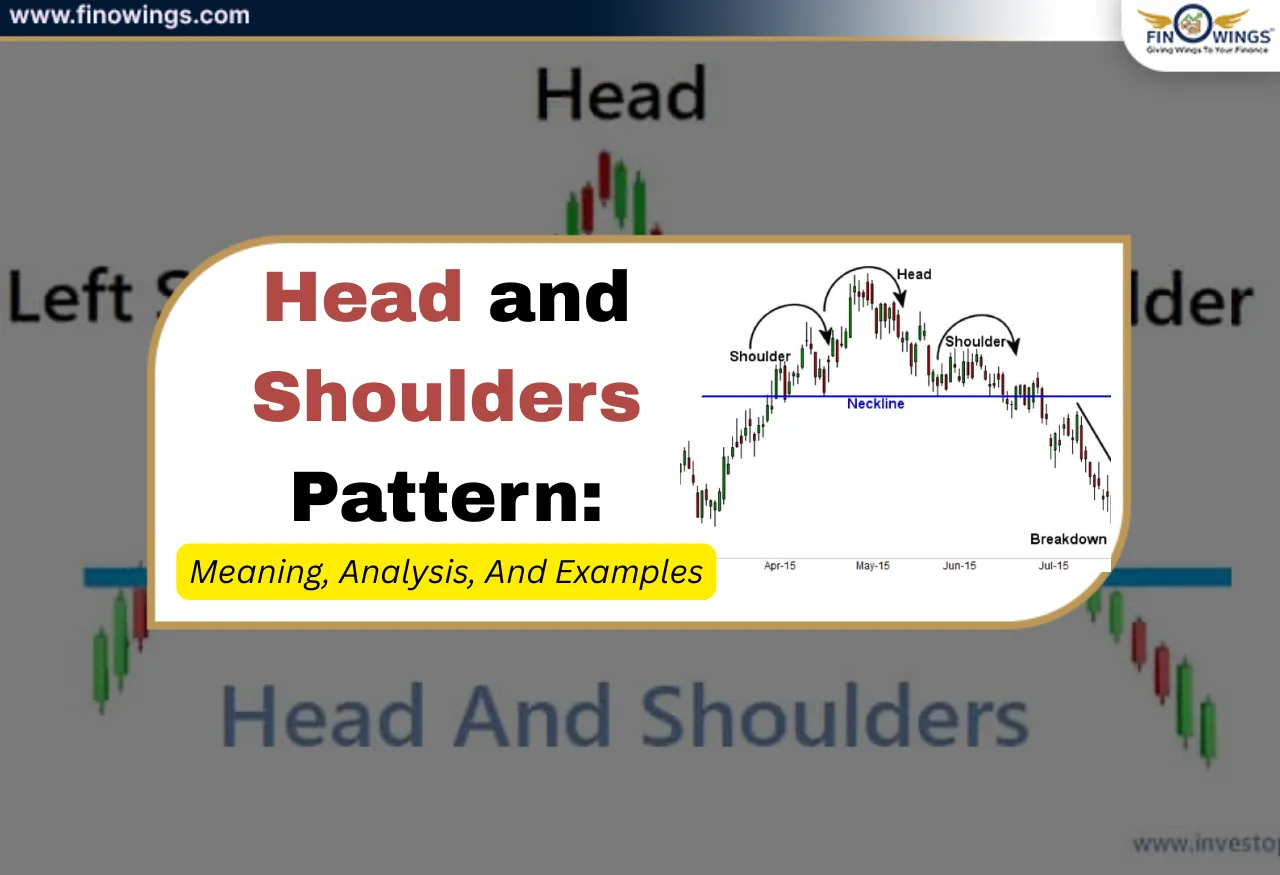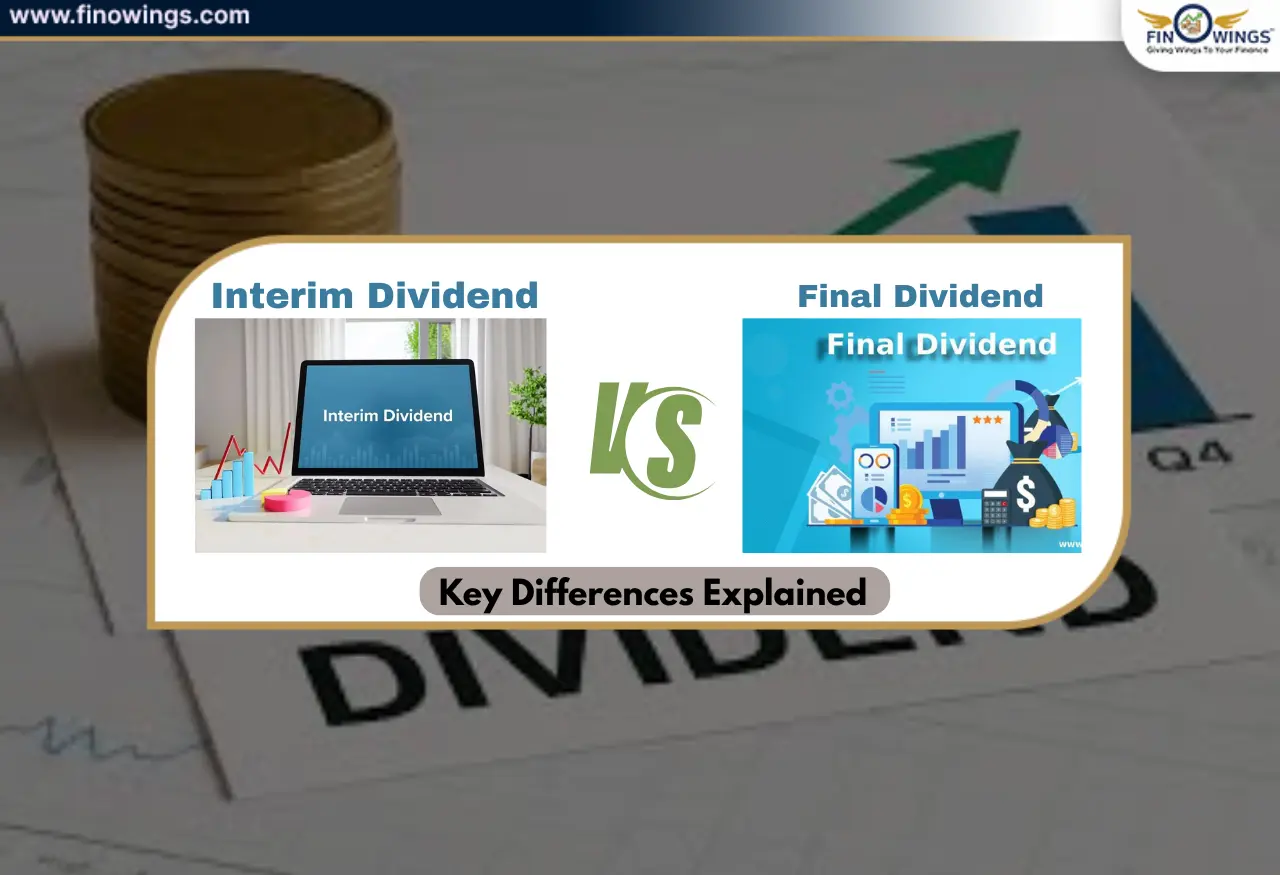Home >> Blog >> What Is The Rupee Settlement Mechanism?
What Is The Rupee Settlement Mechanism?

Table of Contents
What Is The Rupee Settlement Mechanism?
The Reserve Bank of India (RBI) declared a plan for the nation's traders to resolve rupee imports and exports, a move intended to facilitate trade with Russia, which is subject to many Western sanctions and is essentially cut off from basic cross-border transaction systems. This announcement came as the Indian rupee hit a record low of 79.45 against the dollar.
Allowing rupee settlements in overseas transactions will aid India in promoting exports and facilitating trade with sanctioned nations. Russian oil is now purchased with rupees instead of dollars.
As a result of increased economic sanctions against Russia by the US, Europe, Australia, and Japan, India has reduced its oil imports to profit from a drop in costs. Since the agreement was established to facilitate a rupee-ruble exchange, cheaper Russian crude can benefit India. Inflation has risen above the central bank's goal as oil prices have risen to around $130 a barrel.
1. How does the new mechanism operate?
For pay slips and payments in rupees, exporters and importers could use a specific Vostro account connected to the financial institution of the partner nation. For example, an account created by a domestic bank on behalf of a financial institution is known as a Vostro account. The export associate may employ the money in the rupee account to conduct business with anybody who takes rupees.
Throughout this arrangement, Indian exporters may also collect advance payments in Indian rupees from foreign purchasers against exports. However, before engaging in such transactions, banks must receive authorization from the Reserve Bank of India's Foreign Exchange Division. Additionally, Indian banks must ensure that any accessible money in these accounts is utilized to fulfil payment commitments resulting from already-completed export orders or upcoming export payments before permitting such acceptance of advance payment against exports.
2. What are this mechanism's advantages?
-
Encourage Growth
It will assist the expansion of international trade and the growing interest in the Indian rupee among traders worldwide.
-
Trade with Sanctioned Countries
Due to issues with payments, trade with Russia has essentially stopped since sanctions were put in place.
We observe an improvement in the payment problems with Russia due to the trade facilitation system the RBI implemented.
-
Forex Fluctuation
Considering the Euro-Rupee parity, the action would also lessen the danger of currency fluctuations.
-
Rupee Fall's Arrest
This method seeks to lower demand for foreign money amid continuous rupee depreciation by encouraging rupee settlement of trade flows.
3. What trade-related initiatives has India taken?
3.1 Rupee Ruble Agreement
-
The Rupee-Ruble trading agreement is an alternate payment method to satisfy debts in rupees rather than dollars or euros.
-
The State Bank of the USSR will keep at least one account(s) with at least one(s) commercial bank in India that is permitted to conduct foreign exchange business. Additionally, the State Bank of the USSR will have a second account with the Reserve Bank of India if required.
-
Only certain designated accounts will be debited or credited with payments sent to and by Indian and USSR residents.
3.2 Free Trade Aligns
-
With Australia and the UAE, India just struck a free trade agreement.
-
A free trade agreement (FTA) is an agreement between two or more countries to lower import and export restrictions.
-
Under a free trade policy, there are hardly any government tariffs, quotas, subsidies, or restrictions that prevent the exchange of products and services worldwide.
-
The idea of free trade is the antithesis of financial or trade protectionism.
3.3 Framework for the Indo-Pacific Economy
-
India has joined a US-led plan to create the Indo-Pacific Economic Framework (IPEF) to strengthen economic connections.
-
The US has long been India's top destination for its services exports, but in recent years, the US has surpassed China as the country where India conducts its most significant bilateral trade.
The decision by the central bank, which it justified by supporting more international trade and assistance for the rupee, arrives as pressure on the Indian currency mounts in the wake of Russia's invasion of Ukraine. The rise of the dollar, which continues to be supported by the demand for safe-haven assets and the Fed's preference for monetary tightening despite the worsening GDP forecast, continues to put pressure on the rupee. The US 10-year rates reclaimed the 3% level, the Dollar index rose to its highest level since 2003, while commodities kept falling.
Furthermore, in June, India's trade deficit reached record highs of $25.6 billion due to high petroleum costs and solid domestic needs. As a result, India's current account deficit/GDP is anticipated to stay at 3%, with imports being boosted by vital domestic needs and exports likely to fall due to the possibility of a global recession and the recent correction in commodity prices. Further, given the worldwide tightening of monetary policy and flight to safety, capital outflows will probably continue, putting additional pressure on the rupee.
The rupee trade mechanism will make it easier to do business with Russia and stop its decline.
The RBI technique is meant to assist importers and exporters in getting over restrictions that bar using a primary currency, including the US dollar, for commerce with particular nations. For example, following Russia's invasion of Ukraine, various nations imposed sanctions on it, necessitating alternate payment methods for imports for Indian businesses.
Madan Sabnavis, the Bank of Baroda's chief economist, "These operations with nations including Russia outside the SWIFT network will find a solution with the global trade resolution in rupees. For India, this will encourage trade, particularly imports. Therefore, the market's choice of the exchange rate, which will be decisive, will be important." India would save money under the new arrangement because it imports greater than it exports.
Typical conditions would require India to pay Russia in dollars for oil purchases, but this is currently possible because of the rupee-ruble exchange rate. In 2021–2022, commerce between India and Russia was $13.1 billion, and economists predict that the RBI will speed up business between the two nations.
Several nations have imposed sanctions on Russia due to its invasion of Ukraine, including the US denying Russia access to the dollar. Due to this, Indian businesses are now considering other payment methods for imports to benefit from the lower prices of Russian goods.
"India may be able to pay for some of its oil purchases in rupees if it begins to convert trade with Russia via this method. The rupee balances of Russian banks with India's financial system will continue to favour Russia's trade balance, which will be invested in Indian assets (including government securities). Ananth Narayan, associate professor of finance at the S. P. Jain Institute of Management and Research, said that as a result, India's outflow of hard currency would be significantly decreased.
4. The RBI takes other actions to prop up the rupee.
The RBI launched several measures a few weeks ago to improve foreign exchange flows and control the value of the rupee, including opening up more government assets to completely available investors from abroad and enabling them to purchase short-term corporate debt. Additionally, it declared the abolition of the interest rate cap and an exemption from CRR/SLR upkeep for incremental deposits.
Conclusion
It is for international trade, and the framework will assist with the RBI rupee settlement system for any such deal. Before this reform, international trade had to be settled in fully convertible currencies such as the US dollar, British pound, euro, and yen (except for transactions with Nepal and Bhutan). With the most recent announcement, trade can now be charged and settled in Indian Rupees.
Author
Frequently Asked Questions
India issues coins in the following denominations: 50 paise, 1 rupee, 2 rupees, 5 rupees, and 10 rupees. Paises are one-hundredth of a rupee. Small coins are those valued at 50 paise or less, whereas rupee coins are those worth one or more.
The trade deficit decreases as the rupee appreciates. This is because goods with an import element tend to be less expensive. Moreover, the appreciation drains the system's liquidity due to strong inflation and abundant liquidity. Additionally, oil businesses losing money get to see their losses decrease," says Sengupta.
It will assist the growing interest of the international trading society in INR and encourage the expansion of international trade with a focus on exports from India," the RBI says.
The RBI now uses the Minimum Reserve System to issue monetary forms. Since 1956, the Minimum Reserve System (MRS) has been in place. The minimum reserve is a symbol of assurance and has no functional relationship to any new monetary rules set by the RBI.
















